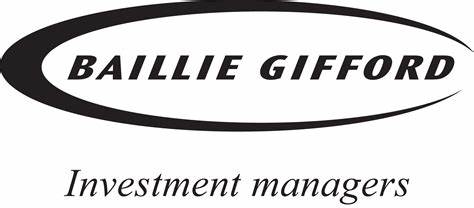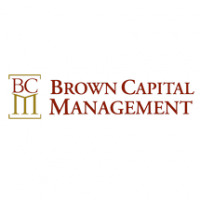The technology stocks have been hit very hard in this first month of the new year. Many of the US large growth companies have dropped in price, thus causing the US large cap mutual funds to drop as well. These US large cap growth companies have been the fastest growers in the past five years. There have been numerous events that beat down the market this January. On Wednesday, the Federal Reserve’s Chairman Powell stated that the Federal Reserve will raise interest rates this March; it has been a long awaited and expected event, still leaving the timing of the market volatility impossible to predict.
This market volatility is very unsettling. We have watched the market fall -1,100 points in one day, and then bounce back to close at +101 on the very same day. The VIX, which is the index with indicates market volatility has been unusually high; it reached +38 on the most volatile days and is hovering around an average of +30. The V-shaped curves in the market indicates that there is a lot of cash on the sidelines and many investors are still willing to buy on the “dips”, or days when the market drops! The increased purchasing activity could be a good sign, indicating that investors are hungry for bargains and that the market is resilient.
We are very encouraged by the 4th quarter earnings reports by the major technology companies and other US Large Cap companies such as Microsoft, Apple, McDonalds. Apple had VERY strong earnings last night, as it announced having its largest revenue of any single quarter in history! Sales are growing at +11%, and the company reported increased sales in every single product category! The strong earnings illustrate that our US companies are in good shape, their balance sheets are strong, and they have a high cash position. The very strong GDP numbers at 6.9% in December 2021 also provide the market with some stability.
There are detractors within the markets, which we cannot ignore. The Omicron variant spread rapidly in December, which made many investors nervous worldwide. During the fourth quarter, there were severe supply chain disruptions. Our US ports have been in a backlog situation for months. This issue is not going to be resolved overnight; although, many companies are building factories in the US to mitigate this issue. This worldwide shortage of electronics, building materials and all types of auto-parts is affecting all sectors of the market. Volatility remains the greatest concern for investors.
Where do we go from here?
We have had a long run in this bull market, and many investors have been attracted to pandemic (or other cloud-type stocks), which have become very expensive. We have already positioned each of our clients’ portfolios with high quality equities that are mature and typically pay high dividends. Interest rates are rising, as we may see four rate hikes, in 2022. We believe the high performing stocks in a higher interest rate environment will be financials, consumer staple stocks, and energy companies; therefore, you may witness us replacing your more expensive stocks for the “steady eddy” companies, such as banks, energy and oil companies, and the Proctor & Gambles of the world. Bonds should also become more attractive as rates rise.
We are always researching to find additional opportunities for our clients to increase their wealth.




















